Monday, September 11, 2017
Arrived after a very long flight (8 hours from U.S. to Amsterdam and another 9 hours from Amsterdam to JRO, Mt Kilimanjaro Airport). JRO is a small airport and we deplaned on the tarmac. Upon arrival we were the 5th or 6th in a line for Visas to be issued to enter the country of Tanzania ($100/each). We stood in another line for the Customs check which included photo and fingerprint scans of both L and R hands which were compared against our passports. If we had not been first in line of the Visa process we would have been several hours.
Our guide Wilson met and drove us from the airport to Arusha. We arrived Rivertrees Camp in Arusha around 9:30pm. We were assigned Cottage #2 next to the beautiful Usa River. It was a nice introduction to Africa.
Tuesday, September 12, 2017
We awoke at 5:00am under a netted canopy bed fully refreshed and ready to begin our safari. Virginia Ann took the first shower. Upon walking into the bathroom, a Gecko was on the wall and another one appeared on the ceiling! Cal assured me they were our friends and had no interest in bothering me. Cal made delicious pressed coffee in the room.
Breakfast was served in an open-air room with thatched roof. The chef was ready to cook eggs to order and we both had an omelet. The Tanzanian contact for Mosaic met us right after breakfast to review our itinerary and answer any questions.
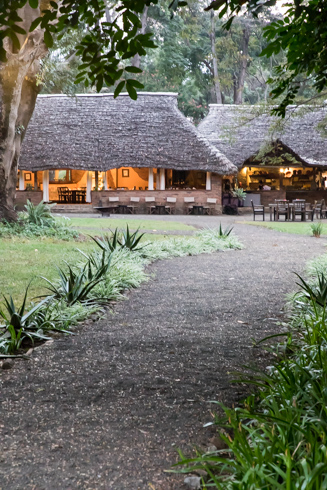
Arrived after a very long flight (8 hours from U.S. to Amsterdam and another 9 hours from Amsterdam to JRO, Mt Kilimanjaro Airport). JRO is a small airport and we deplaned on the tarmac. Upon arrival we were the 5th or 6th in a line for Visas to be issued to enter the country of Tanzania ($100/each). We stood in another line for the Customs check which included photo and fingerprint scans of both L and R hands which were compared against our passports. If we had not been first in line of the Visa process we would have been several hours.
Our guide Wilson met and drove us from the airport to Arusha. We arrived Rivertrees Camp in Arusha around 9:30pm. We were assigned Cottage #2 next to the beautiful Usa River. It was a nice introduction to Africa.
Tuesday, September 12, 2017
We awoke at 5:00am under a netted canopy bed fully refreshed and ready to begin our safari. Virginia Ann took the first shower. Upon walking into the bathroom, a Gecko was on the wall and another one appeared on the ceiling! Cal assured me they were our friends and had no interest in bothering me. Cal made delicious pressed coffee in the room.
Breakfast was served in an open-air room with thatched roof. The chef was ready to cook eggs to order and we both had an omelet. The Tanzanian contact for Mosaic met us right after breakfast to review our itinerary and answer any questions.

Then Wilson gathered our bags and we were off. On the 2-hour drive to Lake Manyara the lush, dense jungle turned to desert plains where Maasai tribes live herding their cattle. The Maasai live in round thatched roof huts. The color of the Maasai tribe is red.
Sisal trees dot the landscape. The fibers of these trees make the very popular Sisal rugs.
The equator is above us 5 degrees. The rainy season is 2x/year in late Oct/Nov and April/May. It is very dry June, July, and August.
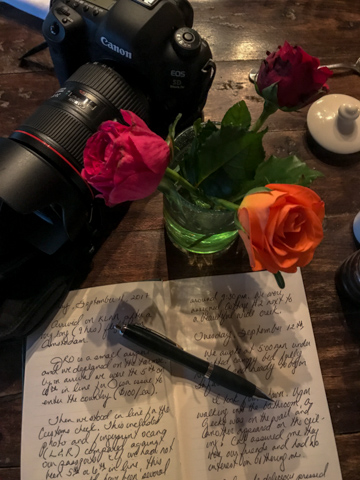
We drove by coffee plantations where the beans are picked by hand. The Arabs would grind the beans and drink Coffee Wine since alcohol is prohibited for religious reasons. The coffee wine gives the same effect as alcoholic drinks.
Maasai herd sheep and goats as well as cattle. Donkeys are used to transport potable water for drinking and cooking. This area is framed by mountains with dry, scrubby pines. Century plants (cactus) are everywhere.
We saw Maasai boys ages 15-20 who are learning how to be men. During this age, they are circumcised and this phase of their life to enter manhood is a 7-year process. Their faces and bodies are painted black with white war paint and are dressed in all black. After circumcision, they must live apart from their families for a period. During this time, they are taught to hunt and kill with spears.
We saw Baobab trees - Africa's oldest tree.
On the drive, we passed an armored truck with several uniformed guards with AK-47 assault rifles escorting people who were going to court to testify against gang members.
We passed a compound of 10+ thatched roof round huts which is the home of the Maasai spiritual leader. He has 10 wives and 106 children. The Government operates a school for the spiritual leader's children.
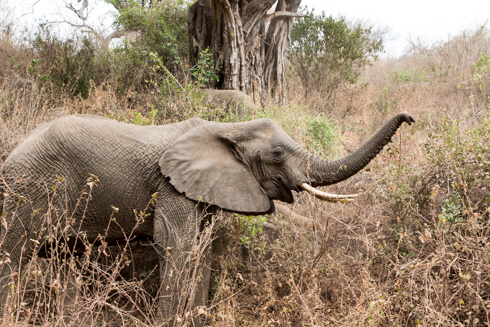
We then turned into the park and immediately we encountered the animals.
Because the area was covered in jungle when we saw animals they were very close. The fist sighting was of a small herd of African Bush elephants.
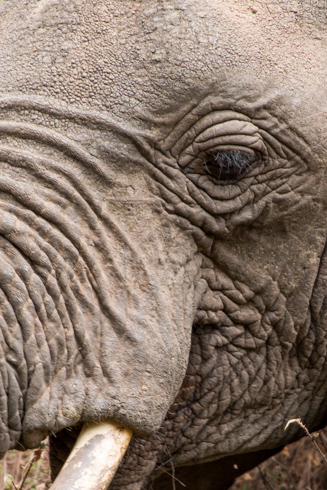
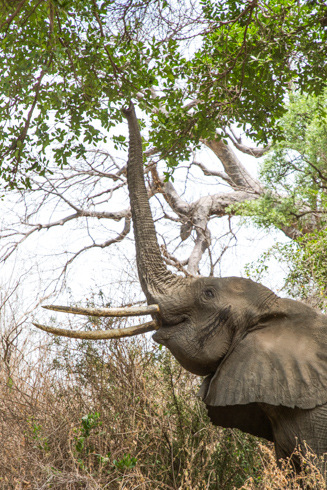
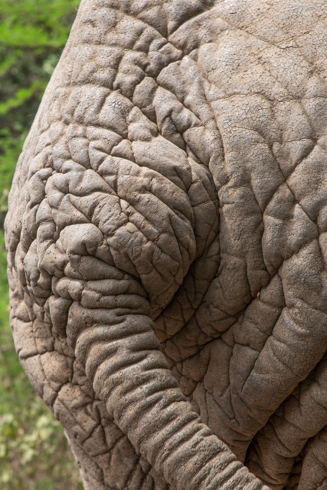
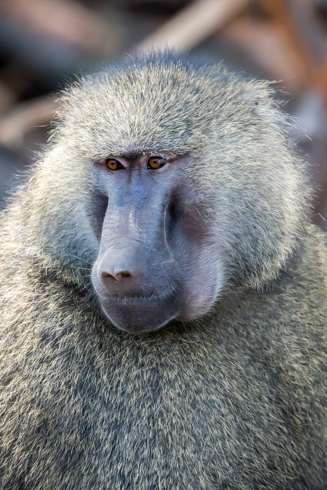
The name is derived from the color of the baboon
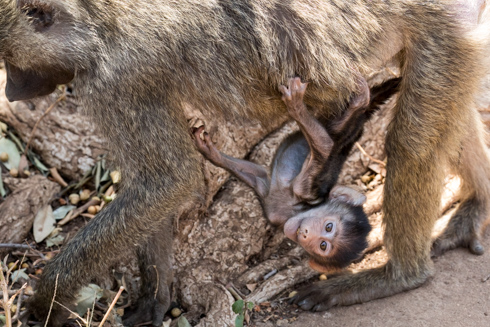
The Olive Baboon lives in groups of 15 to 150, made up of a few males, many females, and their young.
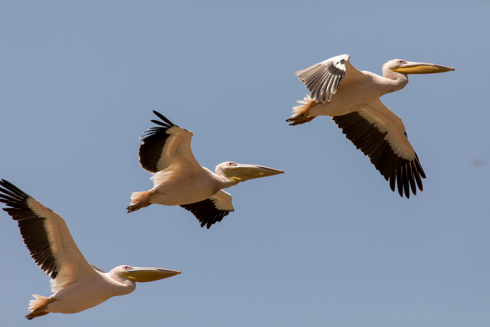
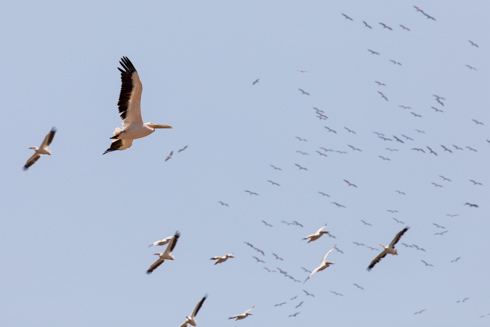
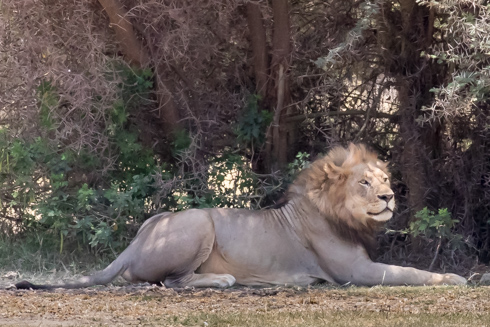
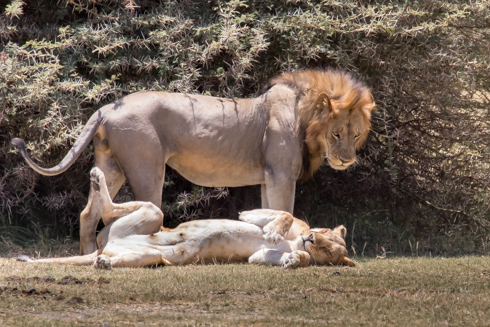
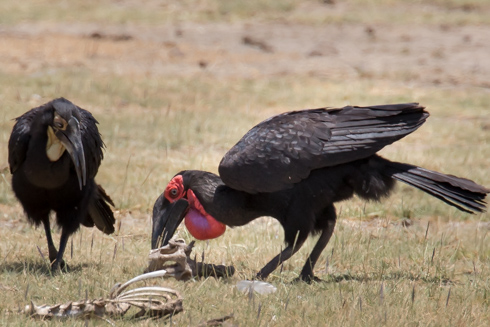

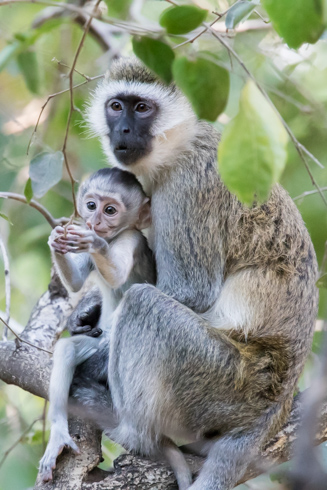
All during lunch little Vervet monkeys tried to steal our food - and were pretty bold. This mother and baby were able to grab some spaghetti off our table.
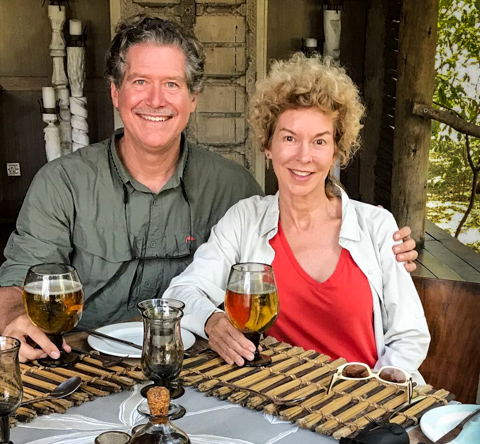
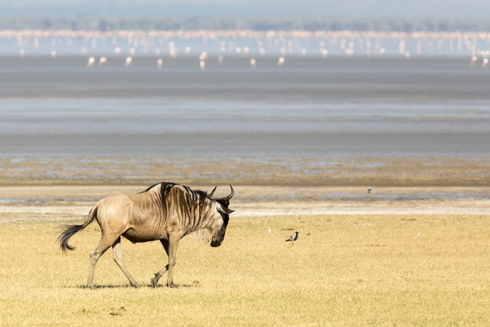
Here a lone Wildebeest travels along Lake Manyara.
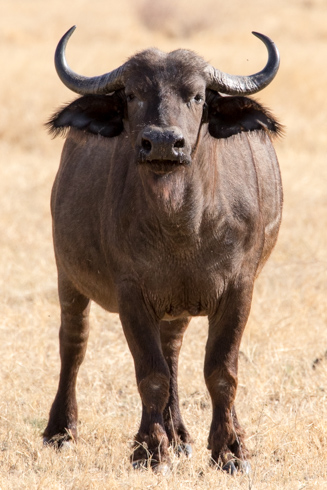
The African buffalo is not an ancestor of domestic cattle and is only distantly related to other larger bovines. Owing to its unpredictable nature, which makes it highly dangerous to humans, the African buffalo has never been domesticated, unlike its Asian counterpart, the water buffalo.
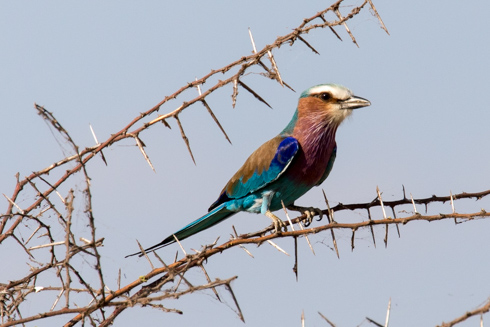
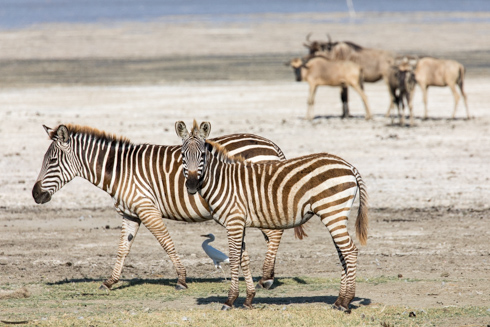
Like all zebras, they are boldly striped in black and white, and no two individuals look exactly alike.
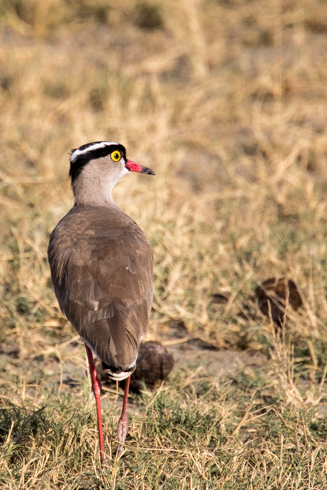
We saw the Crowned Lapwing, a small bird with pretty head and tall legs.
We would see several of these little birds and they were always noisy protesting our presence.
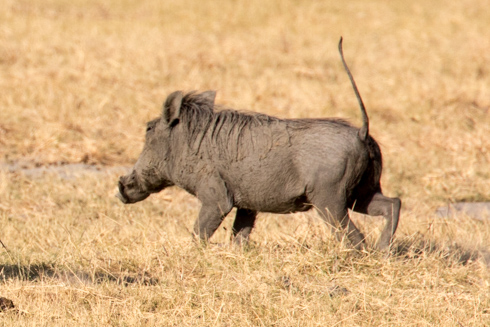
We saw 3 Warthogs, who run from us every time we get close. We saw a herd of Impalas.
These guys would become a bit of an obsession - the Common Warthog moves fast and would not stop to pose. What makes the little pig so cute is the way their tail goes straight up when they run.
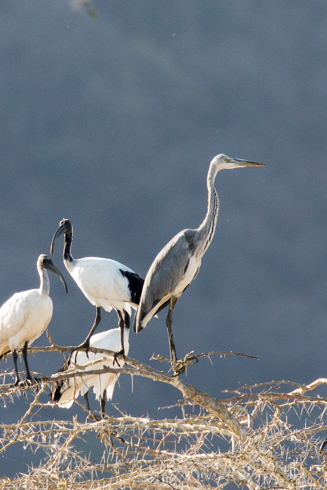
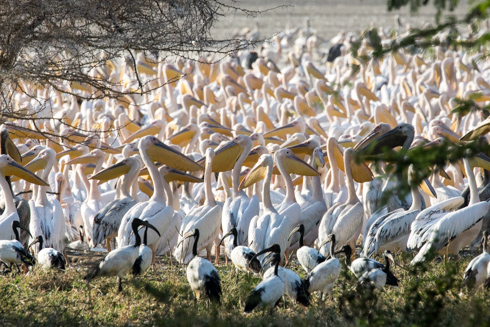
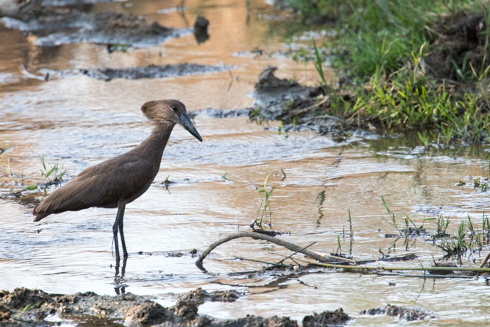
The Hammerkop bird make the largest nests weighing 41 kilograms with three separate compartments in the nest.
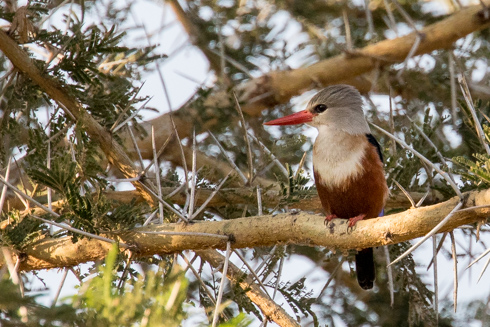
The Kingfisher had an orange bill. We saw White Breasted Cuckoos.
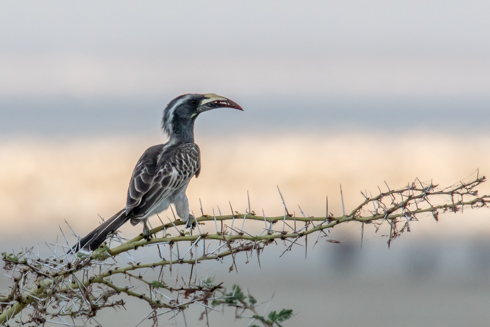
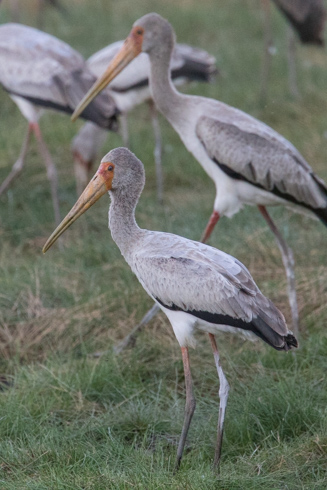
There were hundreds of Yellow Billed Storks.
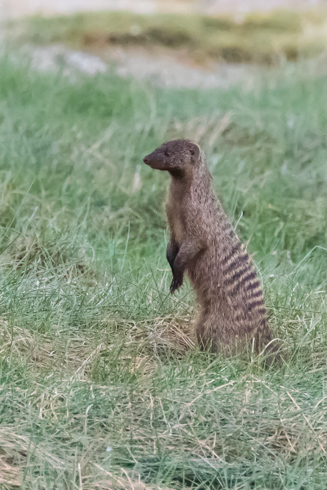
While most mongoose species live solitary lives, the Banded Mongoose live in colonies with a complex social structure.
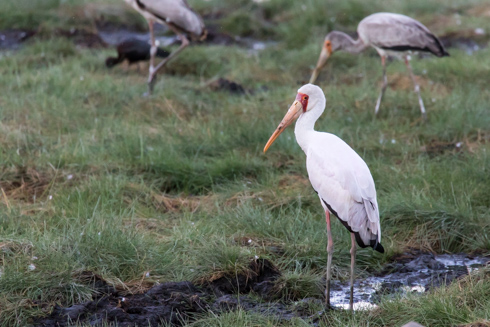
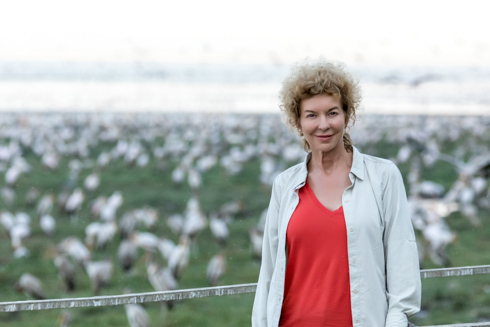
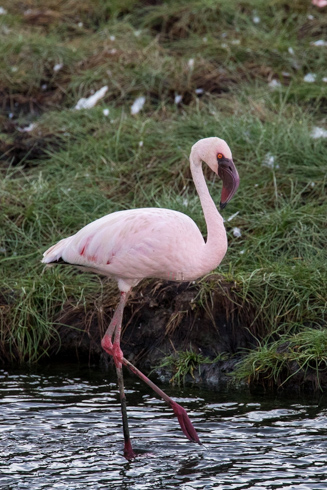
The lesser flamingo may be the most numerous species of flamingo, with a population that probably numbers up to two million individual birds. This species feeds primarily on algae which grow only in very alkaline lakes.
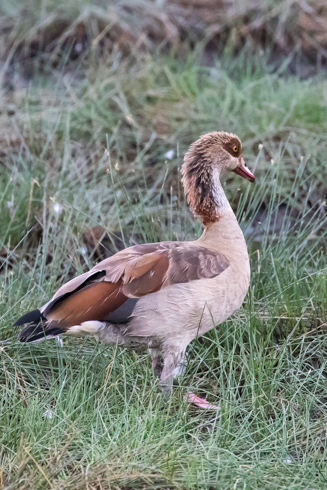
Egyptian Geese were considered sacred by the Ancient Egyptians, and appeared in much of their artwork. They have been raised for food and extensively bred in parts of Africa since they were domesticated by the ancient Egyptians.
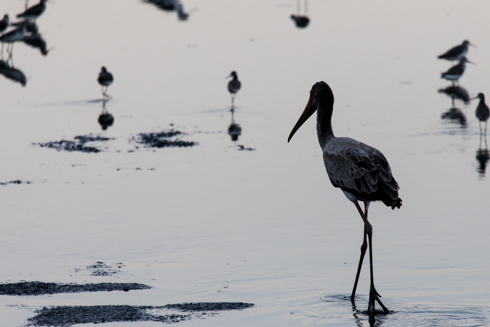

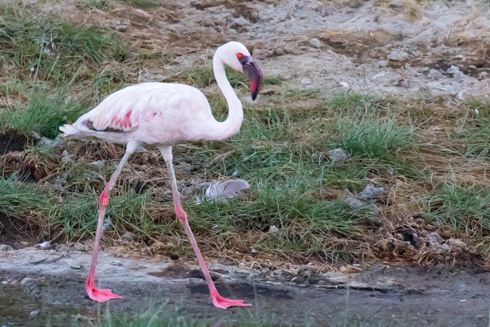
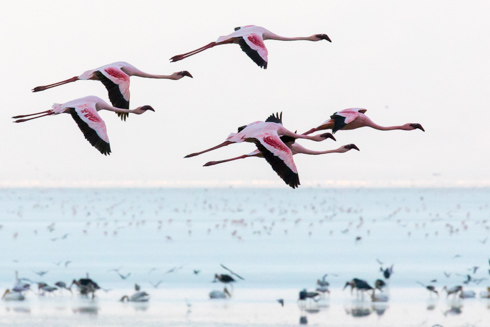
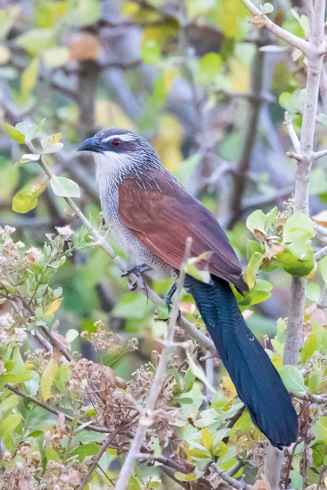
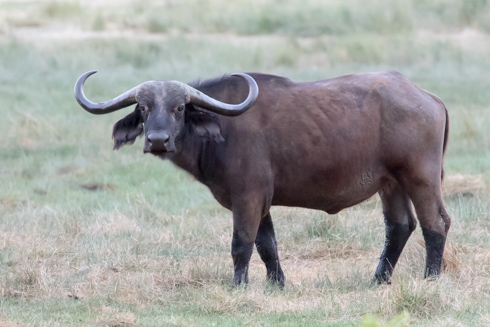
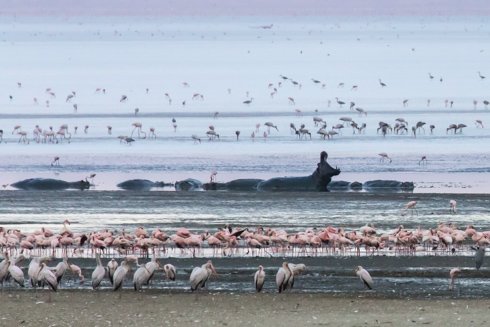
We met Elaine and Anne who live in Hendersonville, NC. Vitalis was the manager of the
Lake Manyara Tree Lodge in
Lake Manyara and Patrice was our butler.
Carrie bu sona = Thank you very much!
Carri Bu = Thank you!
Carrie bu sona = Thank you very much!
Carri Bu = Thank you!